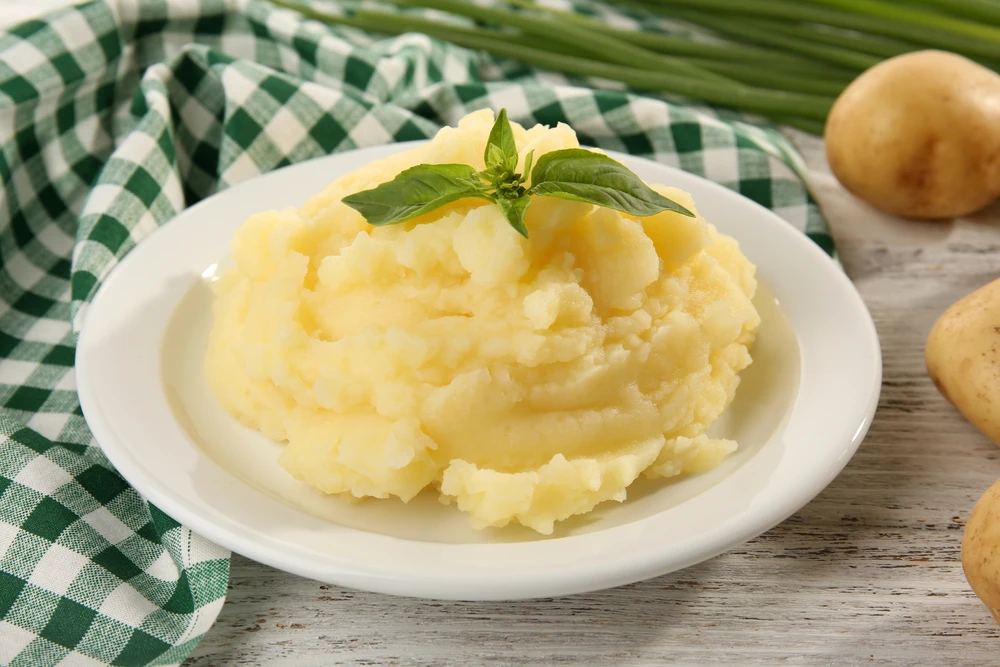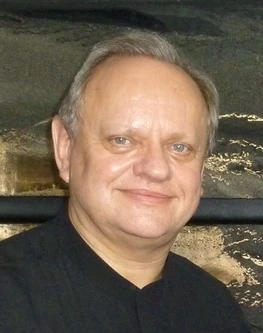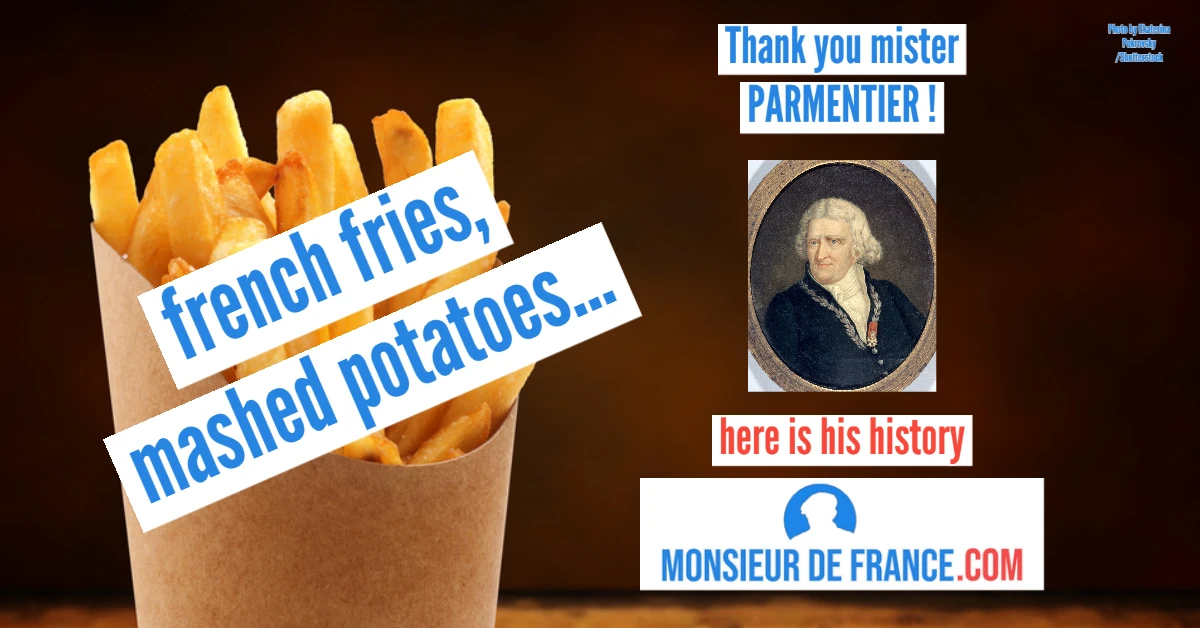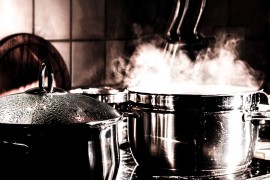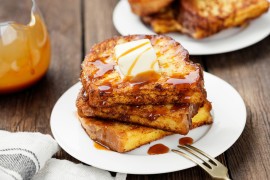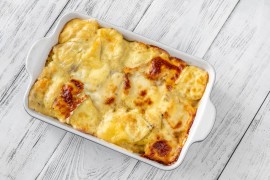Robuchon's mashed potato recipe: ingredients and step-by-step instructions
French-style ingredients
- 1 kg of ratte potatoes (or “Yukon Gold” in the United States)
- 250 g of cold unsalted butter, cut into small pieces
- 25 cl of whole milk, hot
- 10 g of coarse salt per liter of water
- (optional) a pinch of white pepper or nutmeg
💡 In Robuchon's restaurants, they sometimes used up to 400 g of butter for a kilo of potatoes. Yes, it's a lot... and it's divine.
Photo par Africa Studio/Shutterstock
The French method step by step
- Wash the potatoes without peeling them. Put them in a large saucepan, cover with cold water and add the salt.
- Cook gently until a knife can be inserted without resistance (about 25 minutes).
- Drain and peel them while still hot (this is where it all happens). Pass them through a food mill or potato ricer—definitely not a blender.
- Return the purée to a very low heat for two minutes to “dry” it. This step concentrates the flavor.
- Gradually stir in the cold butter with a spatula. It should melt slowly into the hot purée.
- When all the butter has been absorbed, gradually add the hot milk while whisking. You should end up with a smooth, shiny, almost foamy purée.
- Taste, adjust the salt, and add a pinch of white pepper or nutmeg. Serve immediately.
Secrets from a French chef
- Never use a blender: it will make the purée elastic.
- Dry the purée: this is what French chefs do.
- Use plenty of butter, but make sure it's very cold: this is what creates the emulsion.
- Use whole milk (not skim milk).
- Serve hot, never reheated: the texture will become stiff.
💬 Joël Robuchon often said, “Mashed potatoes are France in a spoon.”
Why did this mashed potato become famous?
Because it represents French culinary art: few ingredients, precise know-how, and absolute respect for the product. Robuchon made it a symbol of perfect simplicity, serving it in his restaurants in Paris, Monaco, Tokyo, Las Vegas, and New York. Even today, it remains the global benchmark for mashed potatoes.
Joël Robuchon: the chef who elevated mashed potatoes
Mr. Joël Robuchon / By Ohconfucius - Own work, CC BY 2.5, https://commons.wikimedia.org/w/index.php?curid=11477075
Joël Robuchon (1945–2018) remains the most Michelin-starred chef in history, with 32 stars. He always sought to magnify simple dishes: soft-boiled eggs, mashed potatoes, steamed potatoes. His mashed potatoes are a perfect example of this philosophy: few ingredients, but precise technique and absolute respect for the product. Served in his Ateliers Robuchon restaurants from Paris to Tokyo, they have become a universal symbol of French cuisine, simple and perfect.
The history of mashed potatoes and Monsieur Parmentier
Before becoming the most famous mashed potatoes in the world thanks to Joël Robuchon, mashed potatoes had a long journey. It was Antoine-Augustin Parmentier, an 18th-century French scientist, who popularized the potato in France at a time when it was believed to be toxic. He demonstrated that they could feed the people and inspired dishes such as hachis Parmentier. By the 19th century, mashed potatoes were featured in major cookbooks and became a symbol of French cuisine. From Parmentier to Robuchon, they went from being an everyday food to an emblematic dish of French refinement.
FAQ – Everything you need to know about Robuchon purée
Why is Robuchon purée so fascinating?
Because it represents French perfection: a simple dish, but made with the utmost care.
It was this purée that Joël Robuchon served in Paris, Las Vegas, and New York, and it has become a symbol of French taste around the world.
What is the key to its unique taste?
The butter, of course. Robuchon used up to 400 g per kilo of potatoes, a bold move that gives it the creamy, smooth, and shiny texture loved by gourmets.
Which variety of potatoes should you choose?
The ratte, thin and slightly sweet, is the chef's favorite.
In the United States, it can be replaced by Yukon Gold potatoes, which are similar in texture and flavor.
How do you achieve the perfect texture?
Never use a blender! Robuchon used a food mill, a simple tool that preserves the softness of the flesh.
He often said: "The secret is to take your time. "
What to serve Robuchon's purée with?
It goes wonderfully with roast beef, grilled fish, or even a simple fried egg.
Served in the world's finest restaurants, it remains above all a dish that evokes emotion.

